Dudo Park
- Urban natural park, home to native camellia, Cleyera japonica and Antipathes japonica
- Fishing attraction
- With the unmanned lighthouse serving as a guide for sailing ships, the rocky island is a habitat for numerous species of pigeon.
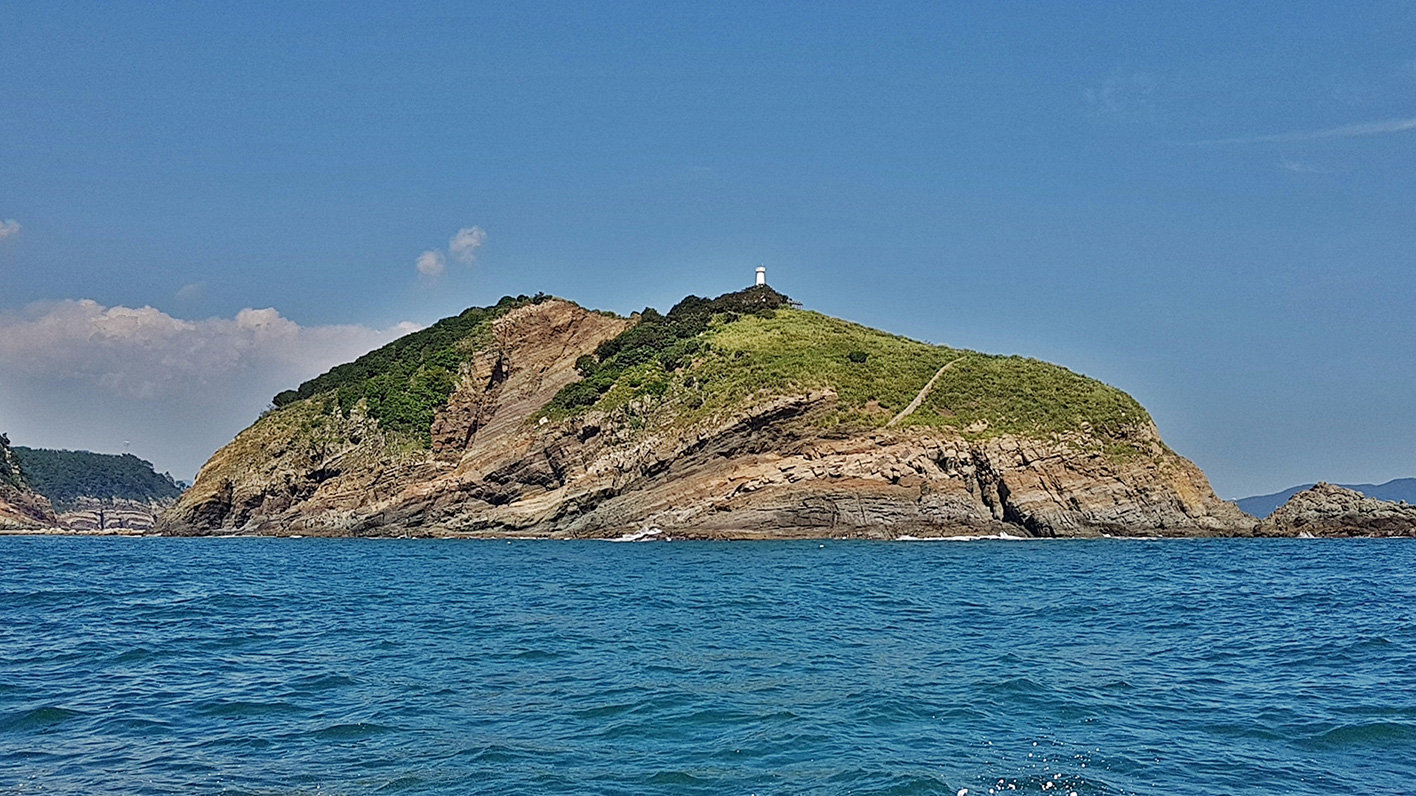
The uninhabited island south of Songdo Peninsula is home to a range of native plants, including camellia, Cleyera japonica and Antipathes japonica, as well as sea coral and seagull, providing magnificent views of the beautiful sea.
With superb scenery of Lower Dadaepo Formation deposited in the late Cretaceous period and volcanic rocks along coastal cliffs, the island preserves unique and various geological records of dinosaur egg nest fossils, plane of unconformity, dikes, faults and flower structure.
Along the shore, various rocks, such as sedimentary rocks of Dadaepo Formation, basalt, pyroclastic rocks, and intrusive rhyolite are exposed with dinosaur bones, egg nest fossils, and calcic paleosols. You can enjoy the various geologic records with the marvelous landscape of Hallyeohaesang.
Dudo is an inhabited island showing magnificent sceneries of volcanic rocks and Lower Dadaepo Formation from Late Cretaceous that is sitted along the sea cliffs of south Songdo Peninsula. It is a treasure box of dinosaur bones and egg nest fossils.
As an island located 500m southeast of Songdo Peninsula, Seo-gu, its name Dudo originates from Daegari(head) seom(island). Local residents still call the island “Daegariseom”. As Dudo Island is the paradise of seagulls, its rocks have all been changed to grey due to nesting and guano
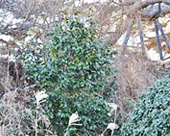
Camellia, a small evergreen broad-leaved tree belonging to tea family, grows naturally in the southern coast and Jeju Island, Korea. With red flowers blooming in the winter, camellia is often planted in gardens or parks due to its beautiful flowers and shape. In the past, people applied squeezed camellia japonica seed oil to their hair to make it glossy.
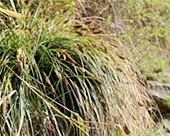
Coastal rock sedge, an evergreen perennial herb belonging to Cyperaceae, grows on the seaside sand ground or in the cracks of rocks. With thick and stiff leaves, female flowers growing large look like foxtails.
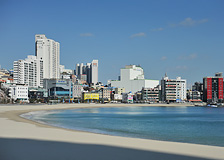
Songdo Beach boasting beautiful coastline was Korea’s first beach and is now a beach park with dazzling white sand and a gorgeous fountain and green space, offering four-season entertainment. Songdo’s summer overflows with colorful streams of youth and romance with scorching sun and blue waves and its nighttime landscape lighting up Songdo nights to create a fancy and fantastic beach atmosphere.
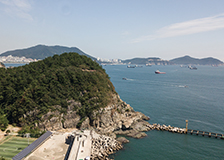
Amnam Park, surrounded by dense forest and offering magnificent natural views, is a nature park where you can enjoy forest bathing while taking in the sea along the coast. It is also the best urban park, gaining the spotlight for its oddly shaped precipitous cliffs. As a primeval natural park as well as city neighborhood park, it is home to colonies of natural ecology rare in cities including sedimentary rocks formed about 100 million years ago, primeval forests, 100 species of wildflowers and 370 species of plants, being characterized by its native marine plants. It is an attraction frequented by numerous tourists and anglers, equipped with fishing areas, observation decks and walkways all around.
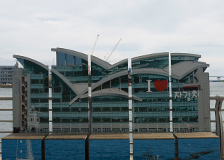
Jaglchi Market, leading from dried fish shops below Yeongdodaegyo Bridge to Nambumin-dong Dawn Market, is considered synonymous with Busan: a symbol and a market best capturing Busan’s unique nature. The location of the current Jagalchi Market is the site for the former “Busan Seafood Processing Plant,” which was demolished in 2001. With a modern building, the market reopened in 2006 as an international fish market commensurate with Busan’s standing as a maritime city. Afterwards, Jagalchi Market cemented its position as Busan’s symbolic landmark, leading the revitalization of local commercial areas. As the world’s best seafood market, it has become the symbolic attraction meeting expected effects for international tourism.